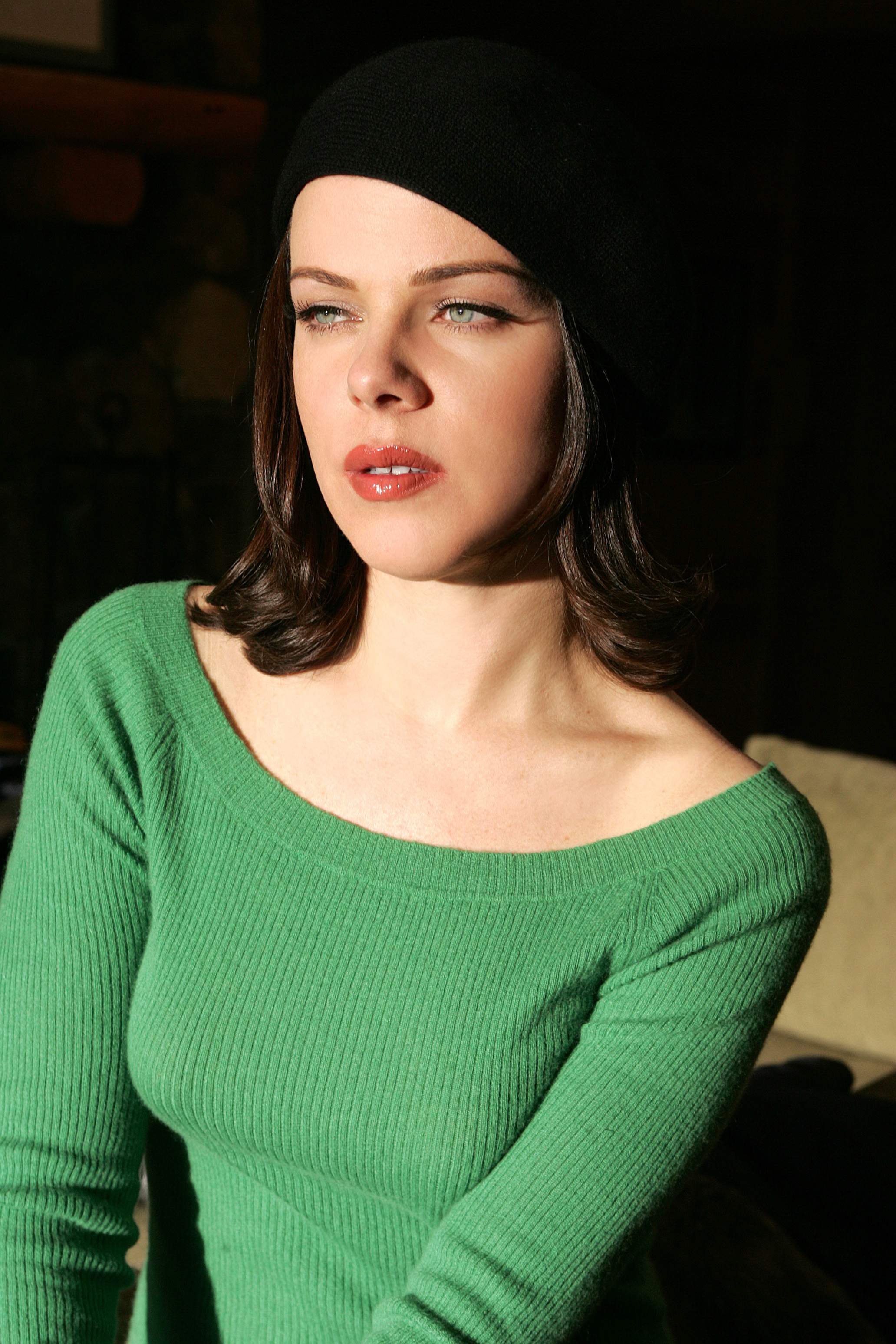Words by: Simone Amelia
From The Source Magazine Issue #269 | 2016
Appearing in classic movies like Malcolm X, Goodfellas and Jungle Fever and hit TV shows like Entourage, veteran actress Debi Mazar’s association with Hip Hop is veraciously authentic. As a teenager she starred in Graffiti Rock, the first Hip Hop dance show TV series (YouTube it, kids) and hung out with the progenitors of the culture. Mazar, 51, describes Hip Hop’s earliest days as “just kids in the moment having fun.” Kids, as we know, that went on to make history. Here’s her walk down memory lane.
“Hip Hop was something that happened as we were growing up. It was a term, an expression; it became a movement. I honestly never really felt part of the movement; I was just there in the beginning, hanging out. It was organically happening around me. In the late 70s, I was a disco girl. I was a street girl. My mother had me at 15, I grew up all over New York: Queens, the city, Brooklyn. We moved around a lot because she was young. I was very much part of a multicultural upbringing in the sense that I was surrounded by all different people. I grew up in a building where it was Black, Puerto Rican, Irish, Italian and Chinese. There was every type of food, every type of music. There was Motown, doo wop, jazz, salsa, meringue. We’d hangout at the playground and do double Dutch, it didn’t matter what color we were.
As we got older, you would hear kids on the street start rhyming and dancing. It was about the time when disco hit then all of a sudden a thing called new wave happened. I’d go up to the Bronx River Houses with my boyfriend at the time; he was the graffiti artist Kel 139. We would go hear someone named DJ Kool Herc. From there came guys like Grandmaster Flash & the Furious 5 and Sugar Hill Gang. Then scratching happened, Afrika Bambaataa, and you know with ‘Planet Rock,’ he was incorporating things like Kraftwerk and that was part of the new wave movement. When I started to hear Hip Hop, people were talking about what was really going on in the streets at the time. It was very freeing. It was like this integration of color, ethnicities, and it was a really great moment in New York for me.
At the time I was also doing make-up for artists like Run-DMC. I did their make-up, believe it or not! One video I remember doing for them was ‘Christmas in Hollis’ [laughs]. Because of my boyfriend, I became close with guys like Lee Quinones, Rammellzee, Futura and Fab 5 Freddie. To this day, Fab and I are tight. I was tight with Rock Steady Crew, New York City Breakers. We were all just kids! I was always into photography, and had friends like Martha Cooper and Henry Chalfant, who did Wild Style, Style Wars. They were shooting all the graffiti art that guys like my boyfriend were doing. It was really an amazing time. People started coming over from London, like Malcolm McLaren doing ‘Buffalo Gals,’ so white kids then started grooving on it. Graffiti artists were having these amazing shows, kids from the ‘hood making real money. It was great. It was sort of the way out, through art and music. I remember being pissed off because I couldn’t be part of Zulu Nation! I’m like, those are Mardi Gras beads y’all are wearing, so what? Let me in! They would say, but you’re not Black, you’re not Puerto Rican. I’d be like, c’mon—I’m hanging, I’m part of the scene; what are you talking about? So my girlfriends and I, there were three of us, started the Midtown Angels. We rode BMX bikes through midtown, we had our own vests and beads; we had our own little gang. We were kids! My daughter will be listening to Hip Hop now, she’s 13, and she’ll be like, ‘oh please Mom, what do you know about this?’ I’m like, ‘girl, it’s like 10 books downstairs—if you open any one of them, you’re gonna see I was there in the very beginning. I’m one of the OG’s, okay?’ She’ll be like, ‘what?’ She has no clue. I’m just mom and boring to her [laughs].
I was from the streets and I’m exactly the way I was back then. I’m a lot smarter, a lot more educated, but I still keep it real. I always kept it real! I had the gift of gab, so I could talk my way out of many situations. I grew up not thinking about color. My mother was a hippy and my best girlfriend was Black. We were in the projects and nobody thought like, ‘Oh my God, you’re hanging with a Black girl and she’s hanging with a white girl.’ That stuff didn’t really hit me until later in life when I became a young lady and started doing Spike Lee movies. That’s when I was like, whoa.
[In my roles for Spike Lee] the characters were only hard because I had to portray a person I didn’t like. I had to portray people I really hated, ignorant people that didn’t cross the bridge, who used bad language in a sense that was degrading. That was the only thing that was hard for me. I grew up around those people, so I knew how to play them. A lot of the stuff we improvised. There’s a famous picture with the Fruit of Islam around me and I was thinking to myself, wow, these guys look so handsome with their nice suits on. Here I am sitting in a chair on a movie set in Bensonhurst, Brooklyn with the Fruit of Islam around me. It was like basically, I don’t need protection in this neighborhood; they actually might need protection. It was getting a little thick back then.”
